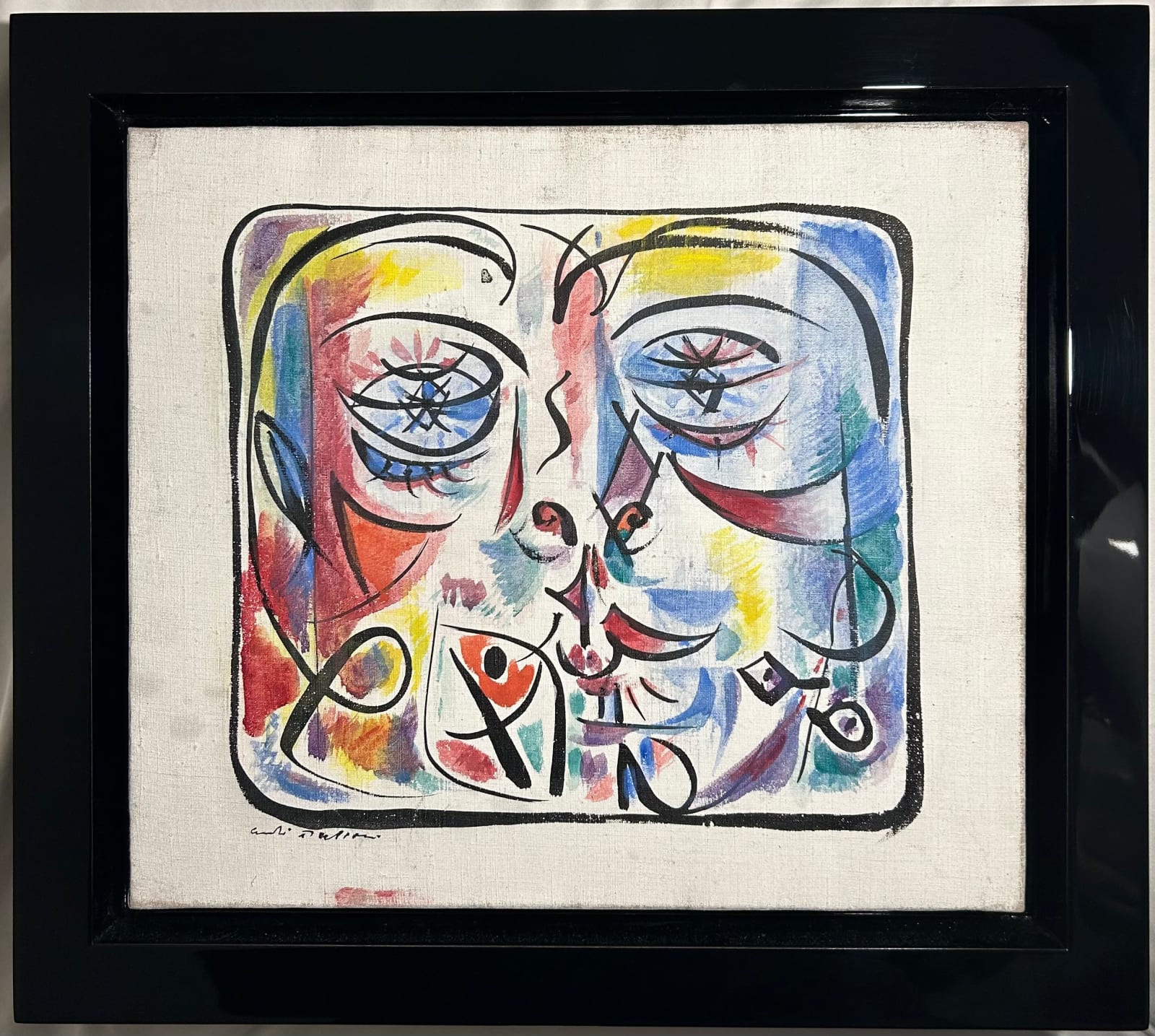
André Masson
André Masson (1896 – 1987)
The Second World War left a profound mark on André Masson. Exiled in the United States during the Occupation, he observed from afar the destruction of Europe and the anguish of his contemporaries. Upon his return to Paris, the liberated city seemed both fragile and reborn, and it was in this context that his work took on a new dimension.
Masson did not abandon the automatism that made him famous, but his gesture became broader, more expressive, imbued with an intimate and collective memory. His brushstrokes danced across the canvas with the same spontaneity as before the war, but each stroke bore the weight of history and the pulse of life. The bodies, landscapes, and biomorphic forms he drew were transformed into organic creatures, sometimes tormented, sometimes ethereal, like witnesses to human fragility and strength. During this period, Masson became a bridge between the European avant-garde and lyrical abstraction. His gestures and forms inspired young artists, and his paintings circulated in galleries in Paris and New York, where the energy of his painting fascinated and challenged.
Until the end of his life in 1987, André Masson continued to paint with this absolute freedom, transforming his memories, dreams, and war experiences into a unique pictorial language, where color, movement, and gesture expressed the human soul in all its fragility and vitality.
Provenance
Collection Albert Darnault, Paris
Collection particulière, Paris